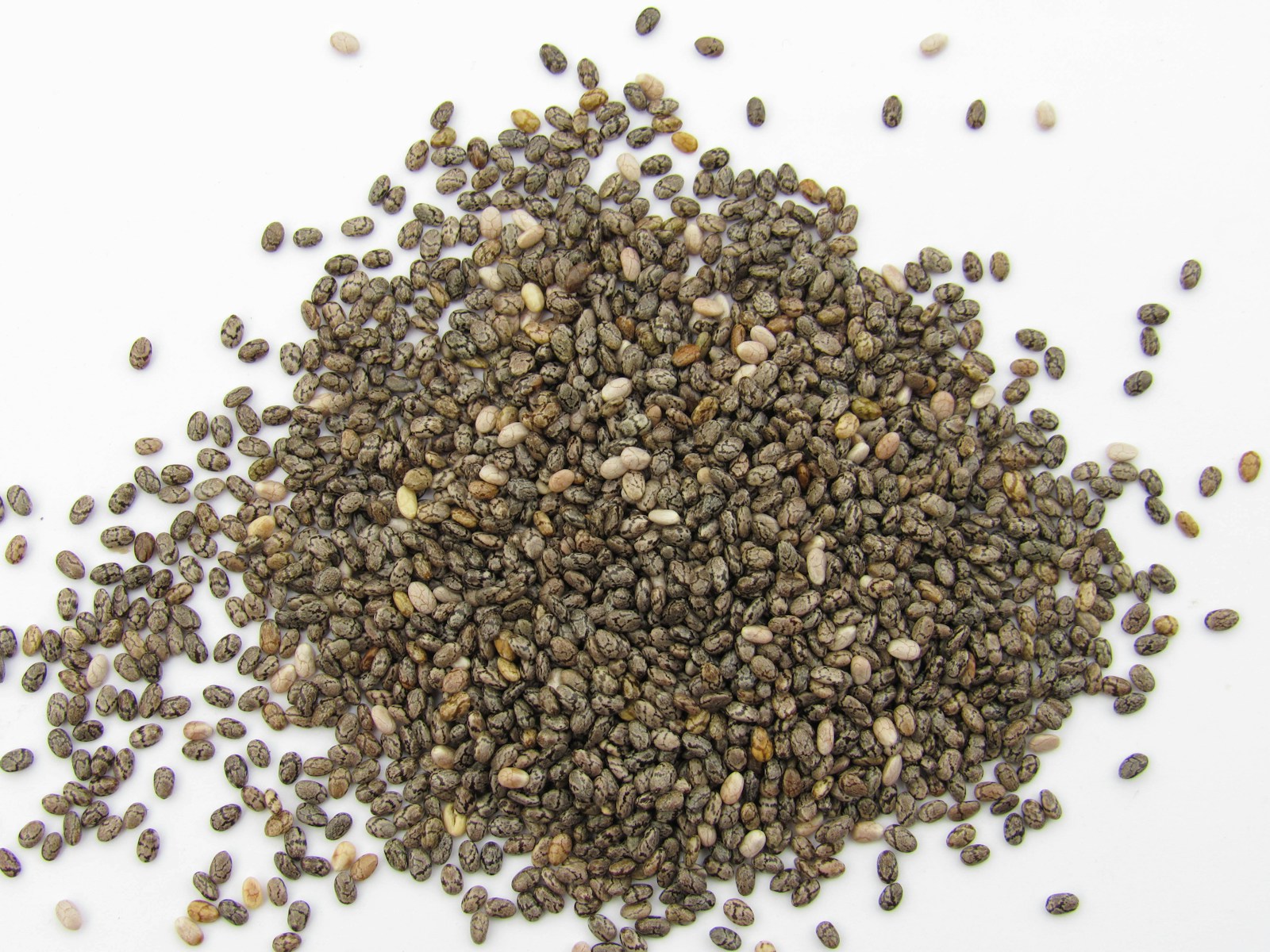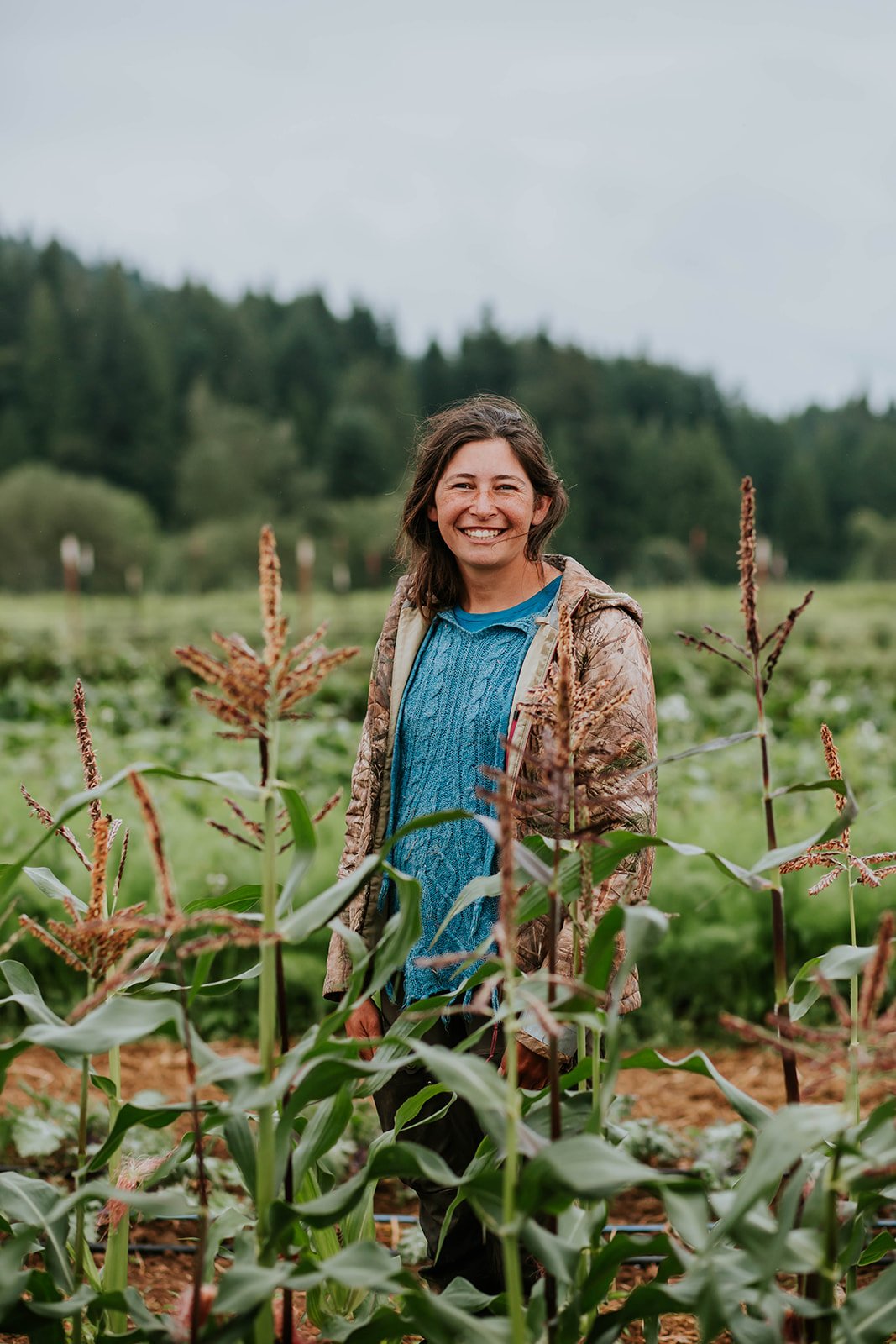Chia seeds have gained tremendous popularity as a superfood, but many people don’t realize these tiny nutritional powerhouses can easily be grown at home. Growing chia plants offers gardeners fresh leaves for salads and eventually produces the valuable seeds we’ve come to love. This hardy annual belongs to the mint family and thrives in various growing conditions with minimal maintenance requirements.
The process of cultivating chia involves understanding proper planting techniques, optimal growing conditions, and harvesting methods. Whether you’re planning to grow chia indoors or in your outdoor garden, success depends on providing adequate sunlight, well-draining soil, and consistent moisture levels. Chia cultivation rewards patient gardeners with beautiful purple flower spikes and nutrient-dense seeds within a single growing season.
Starting your chia seeds and planting requirements
Chia seed germination begins with selecting quality seeds from reputable suppliers. Unlike the processed seeds sold for consumption, you’ll need viable planting seeds specifically labeled for growing purposes. These seeds maintain their germination potential and haven’t undergone processing that might prevent sprouting.
The ideal planting time varies by climate zone, but generally occurs after the last frost date in spring. Chia plants prefer warm soil temperatures between 65-75°F for optimal germination. You can start seeds indoors 4-6 weeks before your last frost date, giving seedlings a head start on the growing season.
Soil preparation plays a crucial role in successful chia cultivation. These plants thrive in well-draining, sandy loam soil with a pH between 6.0-8.0. Before planting, work organic compost into your garden bed to improve soil structure and fertility. Just as you might research plants that love coffee grounds for natural fertilization, chia benefits from rich, organic matter in the soil.
When direct seeding outdoors, scatter chia seeds lightly over prepared soil and barely cover them with a thin layer of fine soil or compost. Seed spacing should allow for mature plant size, typically 12-18 inches apart. The tiny seeds require consistent moisture during germination, which usually occurs within 7-14 days under proper conditions.
Optimal growing conditions for healthy chia plants
Chia plants demonstrate remarkable adaptability to various growing environments, making them suitable for both beginners and experienced gardeners. Sunlight requirements include full sun exposure for at least 6-8 hours daily, though plants can tolerate partial shade in extremely hot climates. Adequate sunlight ensures vigorous growth and maximum flower production.
Water management requires a balanced approach throughout the growing season. Young seedlings need consistent moisture to establish strong root systems, but mature plants show impressive drought tolerance. Overwatering can lead to root rot and fungal issues, so allow soil to dry slightly between watering sessions. A deep, weekly watering typically suffices for established plants.
Temperature considerations influence both growth rate and flowering timing. Chia plants thrive in temperatures between 70-85°F during the day and can tolerate nighttime temperatures down to 50°F. Unlike more sensitive plants that require specific care instructions, such as learning how to care for Thai pepper plants, chia demonstrates remarkable resilience to temperature fluctuations.
Container growing offers excellent alternatives for gardeners with limited space or unsuitable soil conditions. Choose containers at least 12 inches deep with drainage holes, using quality potting mix enriched with compost. Container-grown chia may require more frequent watering than ground-planted specimens but offers better control over growing conditions.
Plant care and maintenance throughout the growing season
Regular maintenance tasks keep chia plants healthy and productive throughout their growing cycle. Fertilization needs remain minimal for these hardy plants, though a balanced, organic fertilizer applied monthly during active growth supports vigorous development. Excessive nitrogen can promote leaf growth at the expense of seed production.
Pruning and pinching techniques help create bushier plants and prevent premature flowering. Pinch growing tips when plants reach 6-8 inches tall to encourage lateral branching. This practice results in more flower spikes and ultimately higher seed yields. Regular deadheading of spent flowers extends the blooming period and seed production.
Pest and disease management rarely becomes problematic with chia plants. Their natural resilience and aromatic leaves deter most common garden pests. Occasional aphid infestations can be managed with insecticidal soap or beneficial insects. Good air circulation prevents fungal issues that might affect plants grown in humid conditions.
Unlike houseplants that require specific humidity levels, such as understanding whether Swiss cheese plants like misting, outdoor chia plants adapt well to natural environmental conditions. However, proper spacing between plants ensures adequate airflow and reduces disease potential.
Companion planting strategies can enhance chia garden productivity and pest management. Consider planting alongside other Mediterranean herbs or vegetables that share similar growing requirements. Research companion plants for other crops to understand beneficial plant relationships in your garden ecosystem.
Harvesting and utilizing your homegrown chia
Harvest timing depends on your intended use for the chia plants. Young leaves can be harvested continuously throughout the growing season for fresh salads and cooking. These tender leaves offer a mild, nutty flavor and provide excellent nutritional value similar to other leafy greens.
Seed harvesting requires patience as chia flowers mature over several months. Flower spikes develop beautiful purple or white blooms that gradually fade and form seed heads. Seeds are ready for collection when flower heads turn brown and seeds easily fall from the plant when gently shaken.
Collection methods vary depending on garden size and seed quantity desired. Small-scale gardeners can cut individual seed heads and place them in paper bags to dry completely. Larger operations might spread tarps beneath plants and shake branches to collect mature seeds naturally.
Storage considerations ensure your homegrown chia seeds maintain viability and nutritional value. Clean seeds thoroughly to remove plant debris and store in airtight containers in cool, dry locations. Properly stored chia seeds remain viable for several years and retain their beneficial omega-3 fatty acids and protein content.
Remember that gardening safety extends beyond just knowing which plants might be toxic to pets. While chia is generally safe, always research any new plants you introduce to your garden, especially if you have curious pets or children who might sample garden plants.









